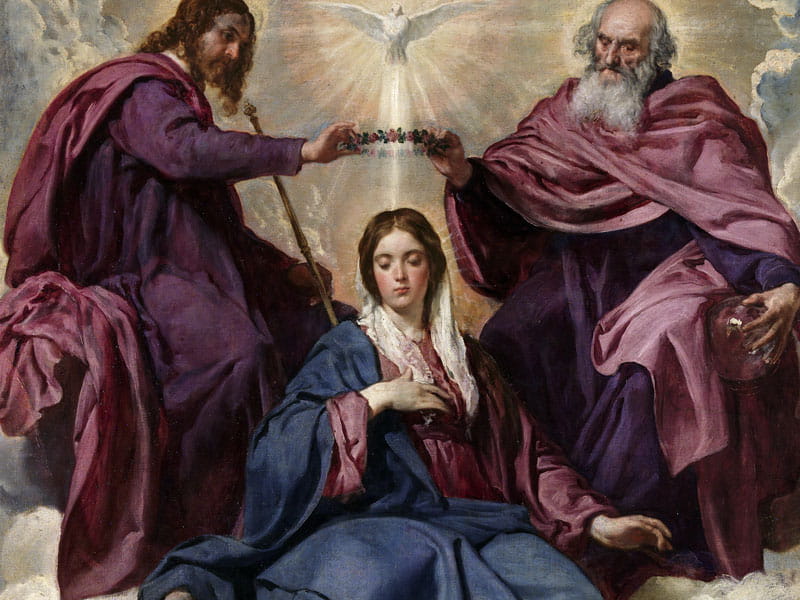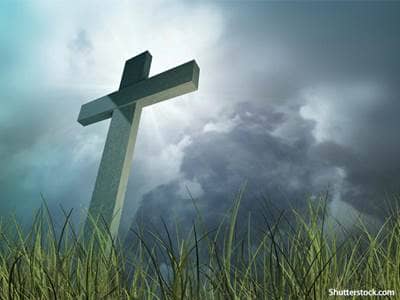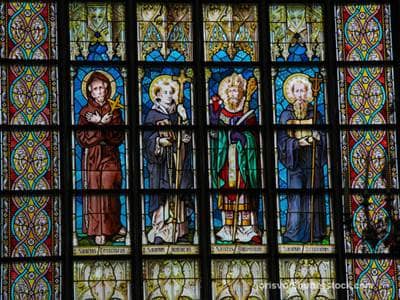Queenship of Mary

Pius XII established this feast in 1954. But Mary’s queenship has roots in Scripture. At the Annunciation Gabriel announced that Mary’s Son would receive the throne of David and rule forever. At the Visitation, Elizabeth calls Mary “mother of my Lord.” As in all the mysteries of Mary’s life, Mary is closely associated with Jesus: Her queenship is a share in Jesus’ kingship. We can also recall that in the Old Testament the mother of the king has great influence in court.
In the fourth century St. Ephrem called Mary “Lady” and “Queen” and Church Fathers and Doctors continued to use the title. Hymns of the eleventh to thirteenth centuries address Mary as queen: “Hail, Holy Queen,” “Hail, Queen of Heaven,” “Queen of Heaven.” The Dominican rosary and the Franciscan crown as well as numerous invocations in Mary’s litany celebrate her queenship.
The feast is a logical follow-up to the Assumption and is now celebrated on the octave day of that feast. In his encyclical To the Queen of Heaven, Pius XII points out that Mary deserves the title because she is Mother of God, because she is closely associated as the New Eve with Jesus’ redemptive work, because of her preeminent perfection and because of her intercessory power.
-
Sts. Perpetua and Felicity (d. 203?)
-
St. Eusebius of Vercelli (283?-371)
-
St. Elizabeth Ann Seton (1774-1821)
-
St. Salvator of Horta (1520-1567)
-
St. Apollinaris (1st century)
-
Blessed Caesar de Bus (1544-1607)
-
Dedication of St. John Lateran
-
Chair of Peter the Apostle
-
St. Stephen (d. 36 A.D.?)
-
St. Peter of Tarentaise (c. 1102-1174)


